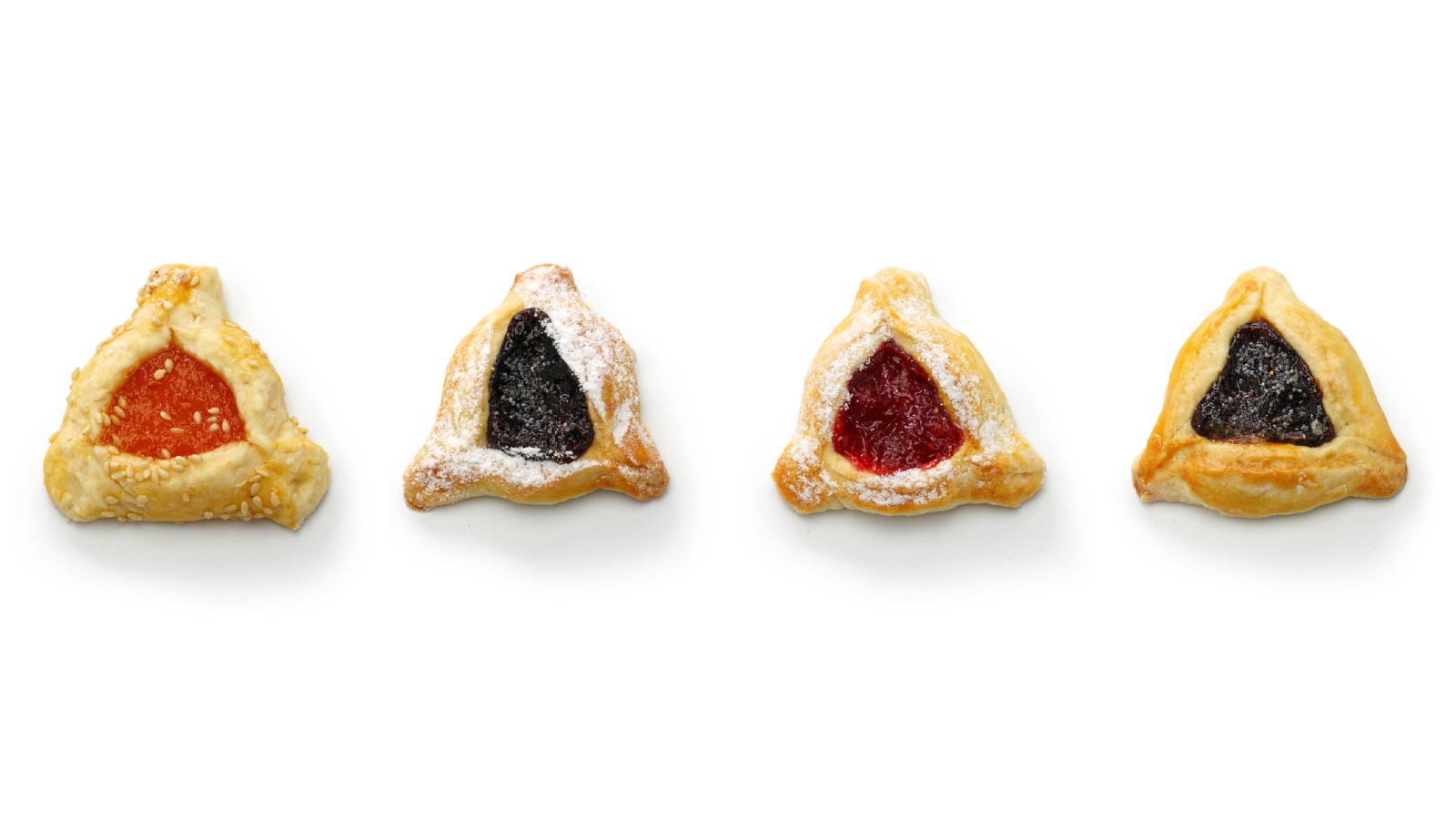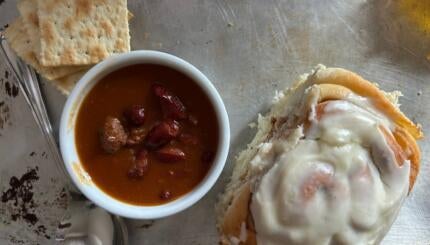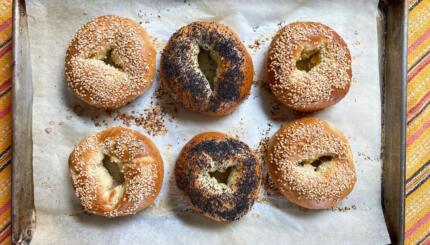It has come to my attention — via a much screen-shotted tweet made during the recent Bernie Sanders mittens meme fest (below) — that there is a sizable and misguided anti-prune contingency of hamantaschen lovers. I have long been on record that prune is the best of the three acceptable Ashkenazi Purim cookie flavors, and I’m here to defend its honor.
I was nine years old when I learned people would consider making hamantaschen using anything other than prune filling. Up until attending my first Hebrew school Purim party, every ‘tasch I had ever had was from The Crown kosher supermarket in West Hartford, CT. My mom would go shopping and inevitably come home with a bag each of their bakery’s lekvar (prune jam) hamantaschen. They were supposed to last us a week; they never did.
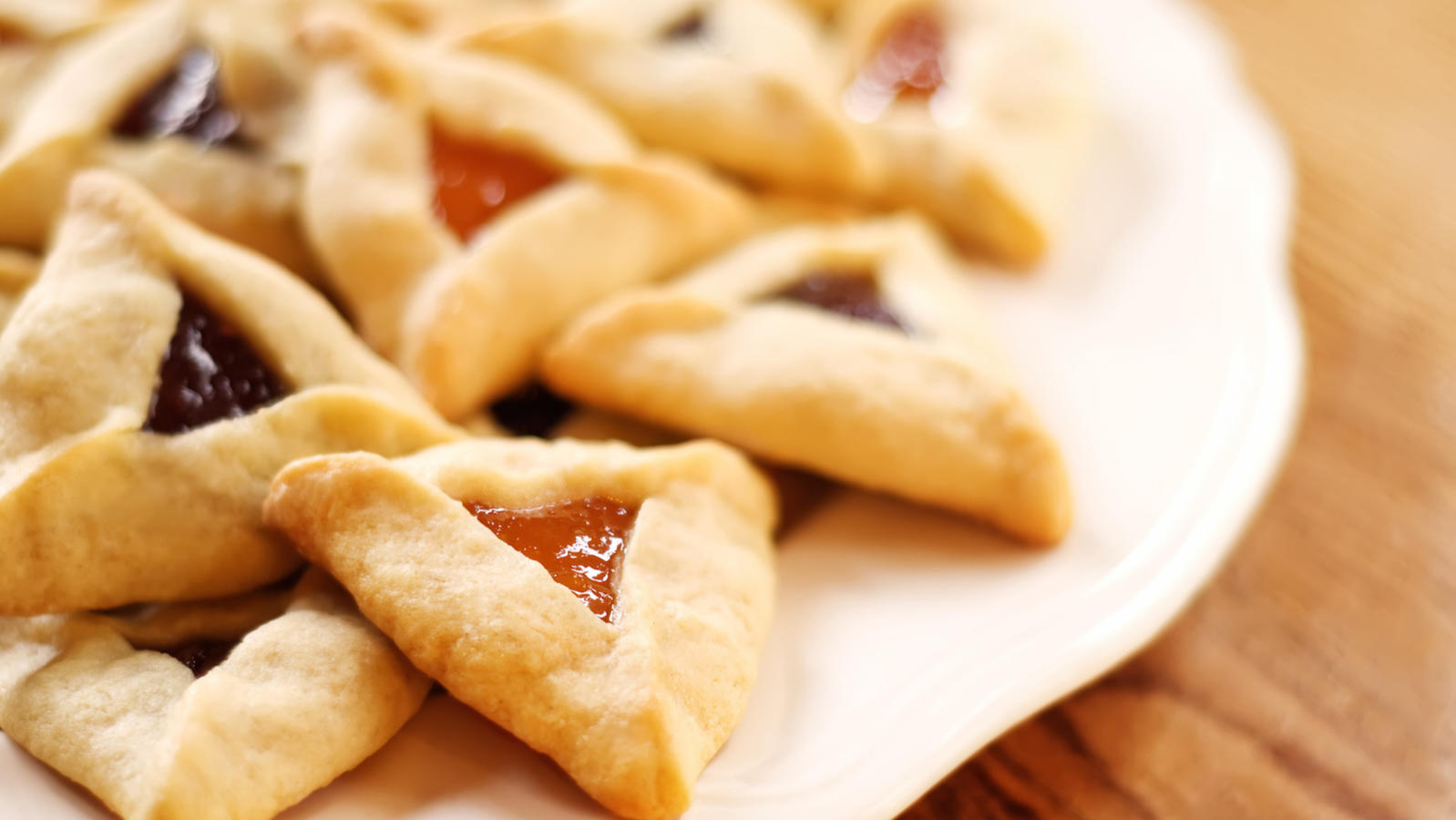
So I was surprised in the third grade to learn there was anything other than prune hamantaschen. Apricot? Poppy? “What is this nonsense,” I asked myself, “and who are these monsters eating these inferior cookies?” Why no, I didn’t have many friends as a child, why do you ask?
The reasons for prune’s superiority are many; here are just some of them:
The Nosher celebrates the traditions and recipes that have brought Jews together for centuries. Donate today to keep The Nosher's stories and recipes accessible to all.
They’re authentic, but safe for orthodontics.
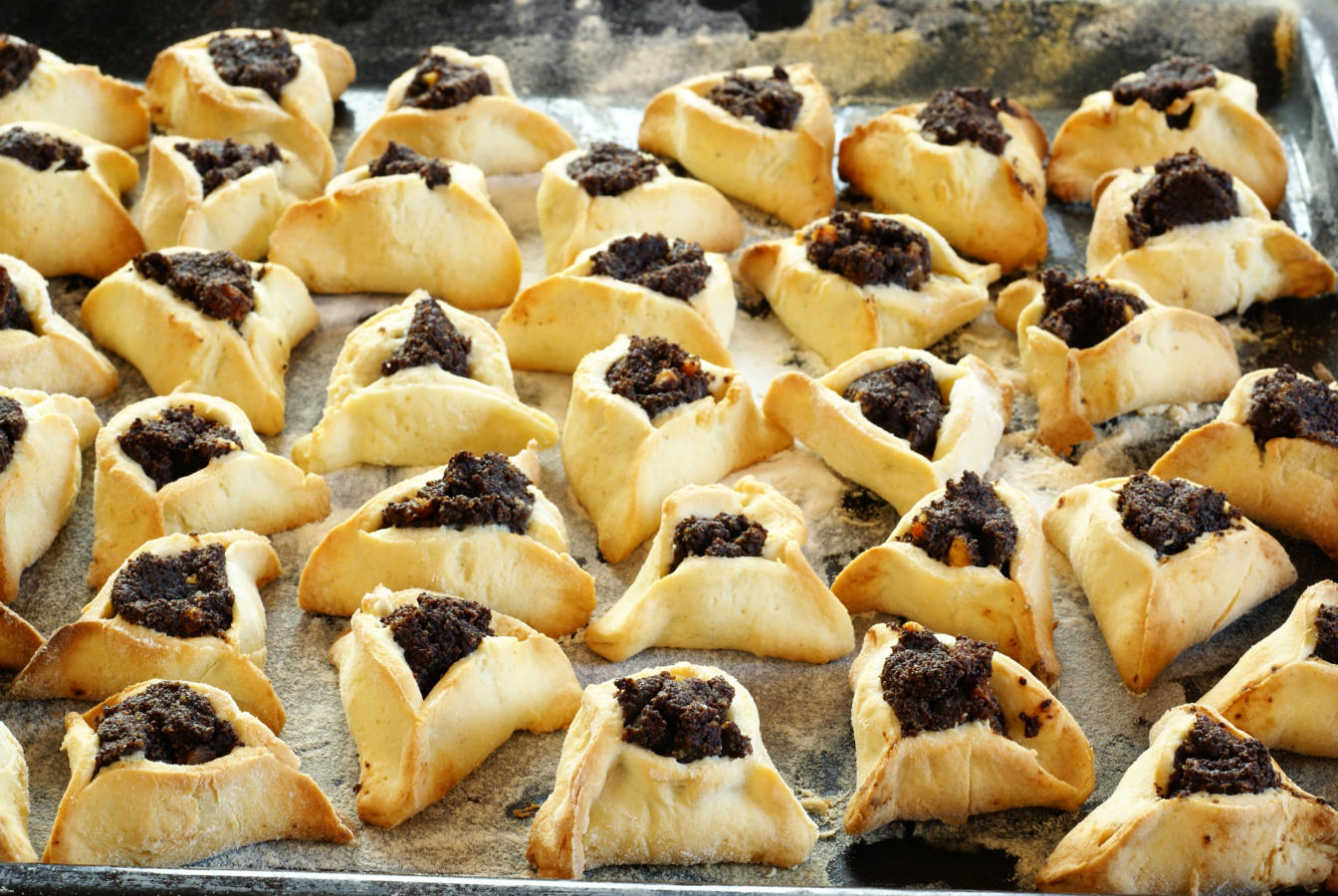
Prune is one of two flavors whose origin can be traced to its direct relationship to Purim. It is believed the original version of the cookie was filled with poppy seeds in honor of the food Esther would have eaten to secretly maintain a kosher diet while hiding her Jewish identity. In fact, the original name for hamantaschen was probably mohntaschen (roughly: poppy pocket), and had nothing to do with the Purim villain Haman. As someone with a permanent bridge, I can’t imagine how I would safely pick errant poppy seeds out of my dental work with a toothpick on the very same night where many believe I am commanded to get drunk. Also, my parents spent a good bit of money to make sure I had clear braces for my late winter bar mitzvah, imagine their mortification had those photos been ruined with little black specks. Point: prune.
They’re humble, but heavenly.
Purim is one of the only holidays where the central miracle shows no sign of the supernatural, just like the humble prune. Unlike Hanukkah, when a day’s supply of oil magically lasted eight days, everything that happens in the Purim story can be explained by natural laws (God’s name doesn’t even appear in the Book of Esther). At one iteration of my alma mater’s version of the latke-hamantash debate, literature professor Diana Henderson, ostensibly arguing on behalf of the latke, stated, “There is very little poetry in the prune.” Respectfully, professor, that’s the beauty of it! The prune hamantasch is a seemingly mundane miracle, turning a mildly repulsive, unpoetic sun-dried fruit into a tasty pastry. In lekvar, as in the Book of Esther, God shows Himself by not showing Himself at all.
They’re good for the gut.
We’ve already discussed that Purim is a boozy holiday. We also learn via acclaimed food writer Claudia Roden that in recognition of Esther’s vegetarian diet, many Jewish cultural groups and families hold dairy-heavy Purim feasts. That combination of excess dairy and booze can pose a problem to stereotypically sensitive gastrointestinal systems that prunes can help solve. The reasons why are left as an exercise for the reader, but I will note I’ve been to more than one Shavuot meal where the hosts provided a basket of Lactaid.
They encapsulate Jewish history.
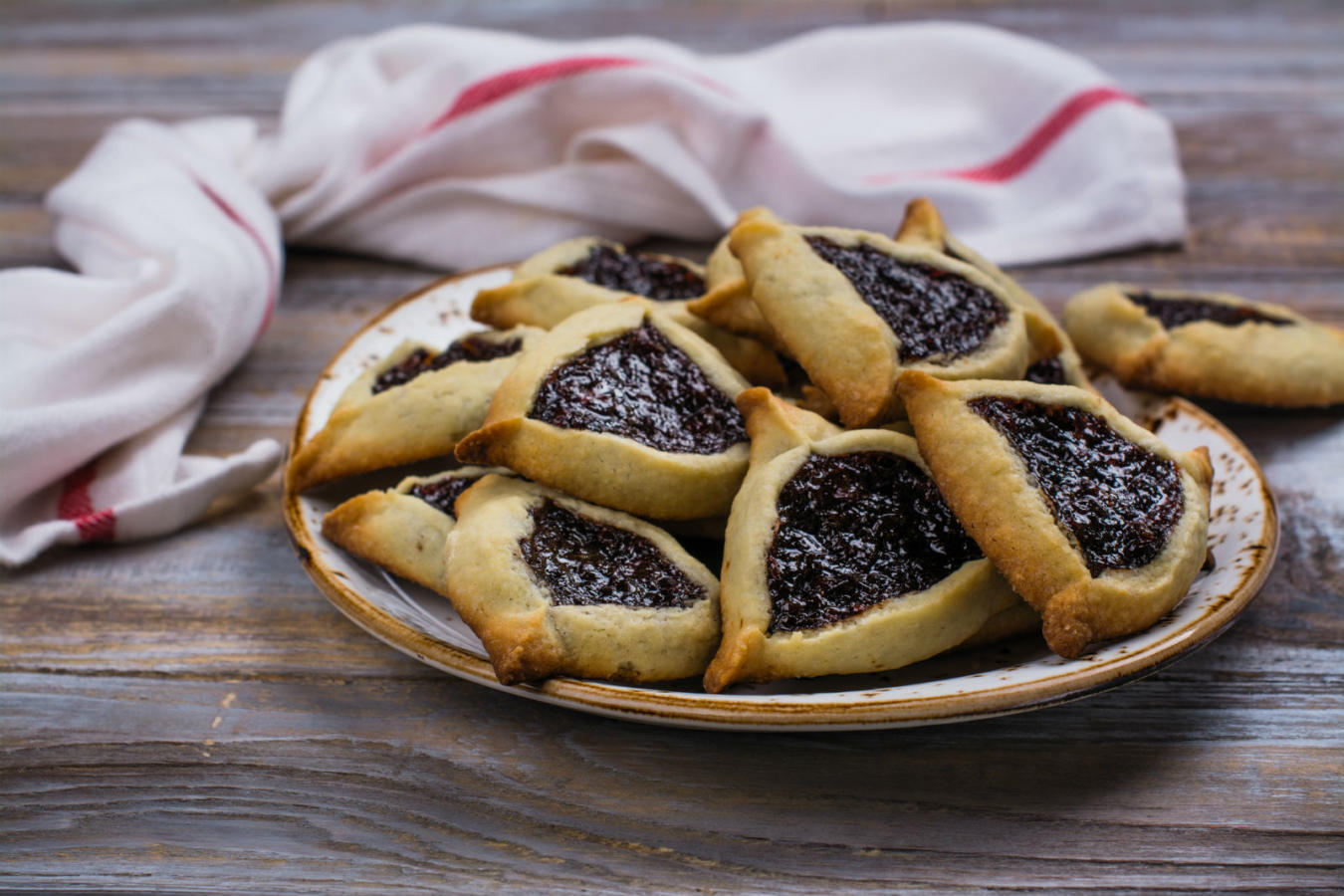
The invention of prune hamantaschen was a microcosm for Purim, and perhaps all of Jewish history. In 1730s Bohemia, a Jewish baker by the name of David Brandeis sold a jar of povidl (a prune and plum jam) to the daughter of a prominent Christian in town. When that man died, Brandeis was falsely accused of selling poisonous food to Christians, and both he and his wife were imprisoned. Fortunately, authorities conducted an honest investigation, learned the death was due to tuberculosis, and the Brandeises were released just in time for Purim. He replaced the poppy seed filling with his povidl (which we now call lekvar and is usually made with just prunes without fresh plums) and commanded his descendants to do the same in perpetuity. They honored that request and it spread around the globe.
Much as the Jews were accused by Haman of treacherous and murderous acts and marked for death, that has been the plight of our people throughout history. Even now in the United States, we face elected officials who’ve believed that we were responsible for California wildfires because of misfiring our “Jewish space lasers.” Truly, there may be no better symbol of, “They tried to kill us, we won, let’s eat” than prune hamantaschen.
As the saying goes, “Two Jews, three opinions.” Perhaps the true beauty of the prune hamantasch is its safe divisiveness. It gives us an opportunity to argue in low-stakes fun. So tell me why your favorite flavor is apricot, Nutella, or anything else, and I look forward to telling you why you’re wrong!
